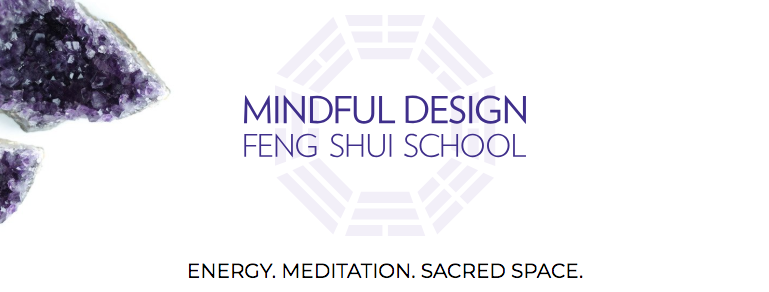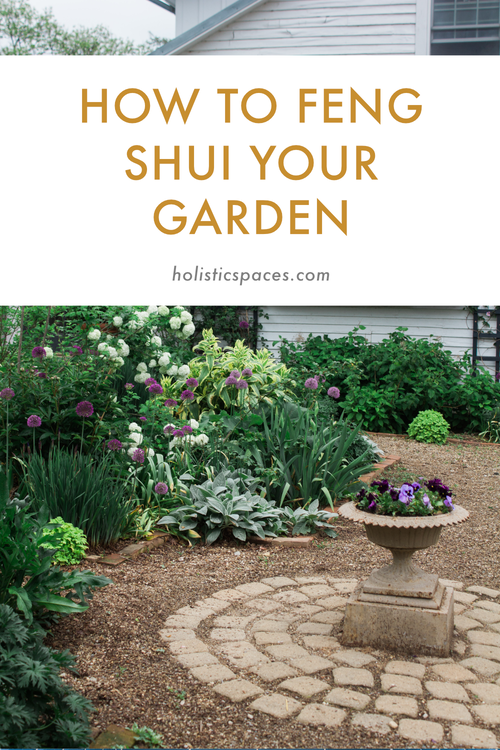Photo by Erol Ahmed on Unsplash
Color is a simple and powerful way to shift the energy of a space. Just think about how you feel walking into a bedroom that’s painted bright pink versus a similar room painted in deep charcoal gray. Also, there are so many possibilities when it comes to introducing color into your home, so it can be a fun way to get creative with your space!
Today, I want to talk about green and blue. Greens, blues, and teals are associated with hope, new beginnings, and growth. They’re tied to the wood element in feng shui, which represents vitality and healing.
Green and blue are also calming and relaxing. They can be tranquil, healthy, and restorative, and soothing for the eyes. They’re balancing colors that are often found in nature, in trees, plants, and the sky. There have even been scientific studies where people have healed much more quickly when they have views of nature.
In feng shui, wood element colors like green and blue represent life energy and are connected to the Zhen or new beginnings area of the bagua. Green is also related to the heart chakra, and blue to the throat chakra.
Greens and blues are great colors to choose for wall paint. They work well in most rooms, and the softer versions of these hues are especially good for bedrooms and other areas where you want to rest. In more public rooms like your living room, you can use stronger tones, like vibrant teals, to invigorate, refresh, and promote conversation.
Another way to introduce green and blue is through crystals in these colors, like turquoise, aquamarine, and malachite. You can also add green in the form of plants, which promote growth and healing.
As you’re thinking about how you want to use colors in your home, make sure to follow your own preferences and intuition. We all have different associations with particular colors, and the most important thing to remember is that the colors in your home should feel good to you.
by Anjie Cho
If you’d like to learn more about feng shui, check out Mindful Design Feng Shui School at: www.mindfuldesignschool.com






